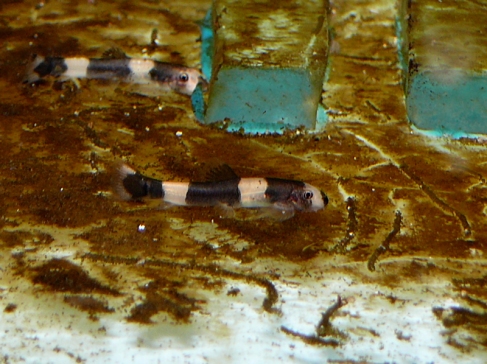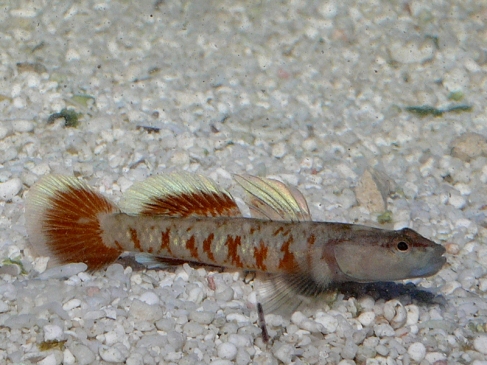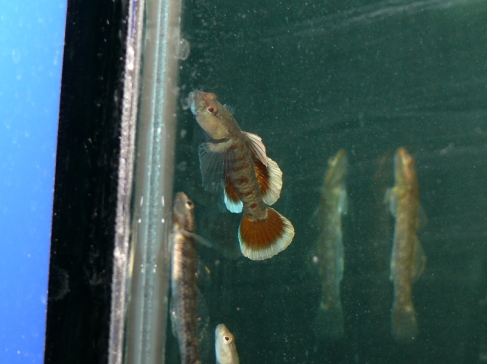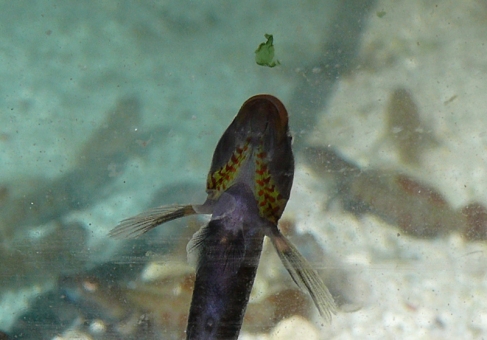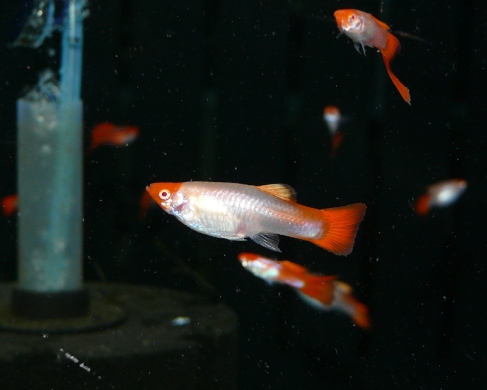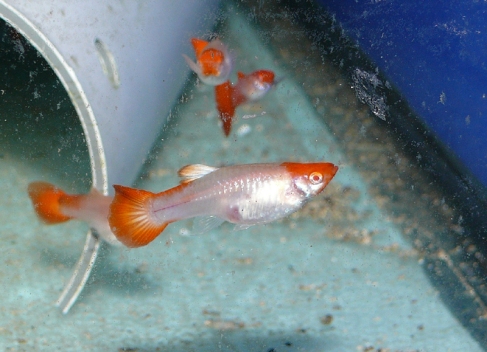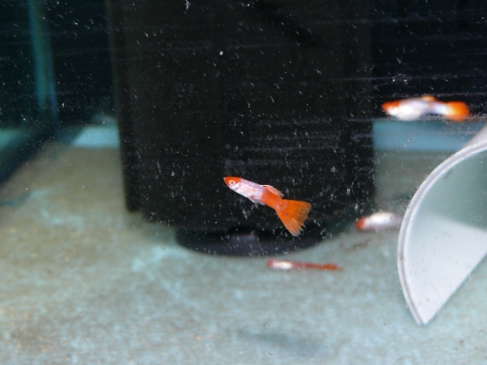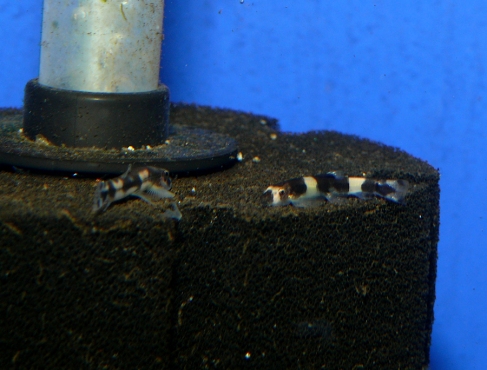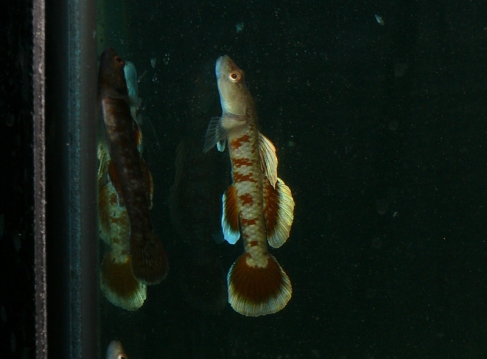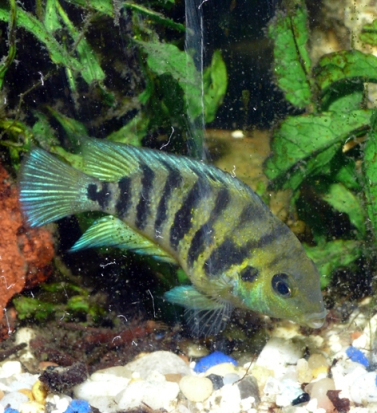Fish photography is fun when the pix turn out, but not so much when they don’t.
HARDER THAN IT LOOKS
The first time I tried to take pix of my fish, I took about a hundred pix, and every single image was blurry. Tried again and again. Blah. Wow, I’m thinking this is one skill that really qualifies as “harder than it looks.”
Well, over the years, the pix got better (not perfect yet, but better). I have a DSLR now, but often go back to my old point ‘n shoot Panasonic FZ cuz sometimes you just want to set it and forget it!
The DSLR gives me super crisp high quality, high resolution images. But when I just want to take a quick pic to show friends a cool new fish, that’s when the Panasonic comes out to play. I post-process all my pix in Photoshop – but spend a lot less time on the quick pix (5-10 minutes as opposed to 30-60).
Here’s a really cool catfish that comes from the Ucayali River in Peru:
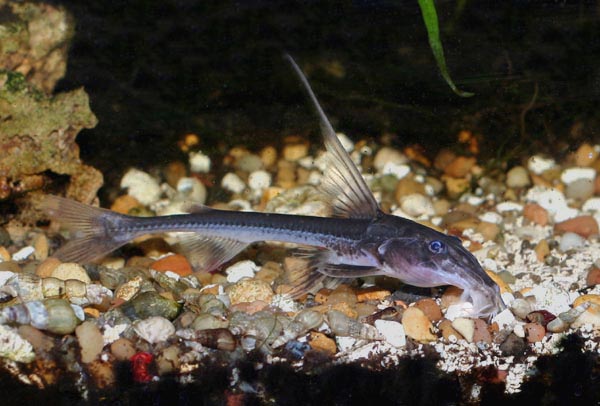
Leptodoras juruensis, a rarely imported Doradid catfish
—
The great thing about all digital cameras is you can view your work almost immediately. And you can take lots of pix quickly and inexpensively. I used to have to take about a hundred pix before I got one that I liked.
Literally over 20,000 pix later, I can get a good pic out of every 2 or 3 taken. So I waste less time taking the pix, and a lot less time painfully sorting through them all.
Here’s a pic of an Oxydoras sp. I took 2 pix with the DSLR and liked this one the best:
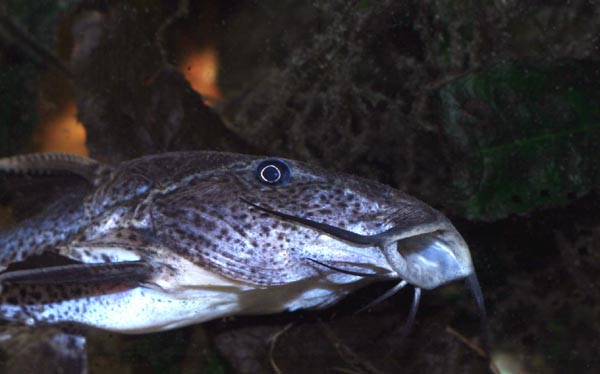
Oxydoras sp, a cool South American catfish that gets huge!
—
FOUR EASY STEPS
I’m not going to go into detail about basic photography cuz there’s plenty of that out there already. Just going to cover the fish photography specific steps I’ve learned (the hard way) that help me take better fish pix.
Step 1.You need light (or you need the fish to stay still) – Bright light helps the camera capture motion without blurring. The brighter the light (i.e. a flash/strobe), the less blur in the motion.
Fish gotta swim, so I almost always use flash. For fish that stay still (i.e. plecos, catfish, and crustaceans), you can get away without flash, although I often use flash for these guys as well cuz they like to hide in the shadows.
Note: Some external flash units will fry your digital cam. Check here for trigger voltages to make sure your combo is safe!
Here’s a pic of a large weather loach (this brute is almost 9″ long!):
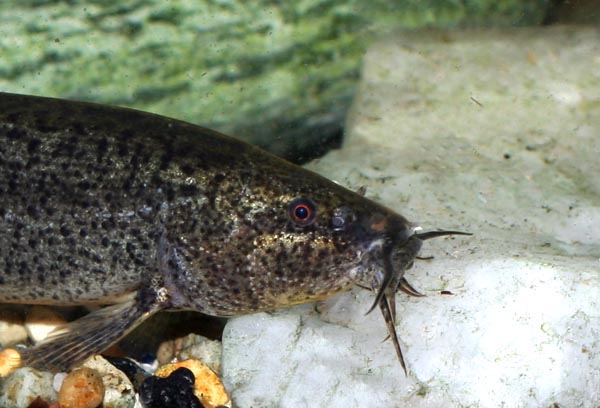
Did you know weather loaches have red eyes?
Step 2. Figure out the best camera settings – Most digital cams have settings for different scenes. Experiment with the “Sports/Action” scene, and/or the “Macro” settings. If your camera allows you to control the shutter speed, then even better! And if you can use an external flash, then hallelujah you’re all set!
No hotshoe? Well then get creative with a slave flash and some white cardboard. DSLRs give you ultimate control. For my point ‘n shoot pix, I set the shutter speed between 1/500 – 1/2000 depending on how fast the fish swims, and whether or not it ever slows down to strike a pose (i.e. cichlids, tetras) or just constantly keeps moving (i.e. danios).
Here’s a pic of the Leptodoras frozen in mid turn by shutter priority and flash:
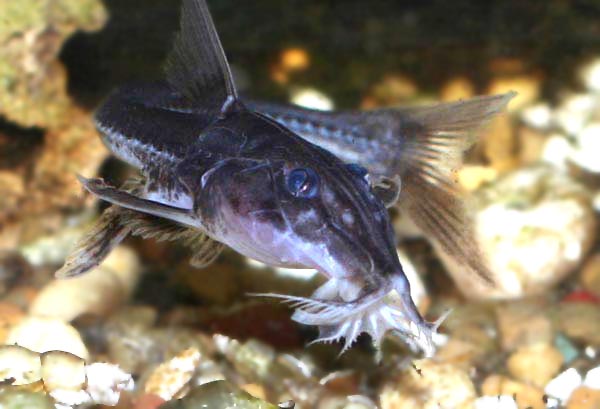
Got a face only a mother could love!
—
Step 3. Set up the BRA – This step has nothing to do with lingerie. Sorry guys! It’s Background, Reflection and Anticipate. Set up and position your camera so that you have “framed” a nice Background (dark backgrounds are usually better). Find the angle to reduce Reflection from the glass (and of course clean the glass inside and out). And finally, Anticipate when and where the fish likes to swim (actually anticipation should be first, but then we wouldn’t have the nice acronym!).
Note: Unless I’m shooting for a client, I’ll just take quick pix to capture an image of the fish. I want it reasonably sharp for my records, and I don’t worry as much about the set up.
Here’s a quick pic of a Limia male dancing for a female. Anticipation was key to capturing this moment:
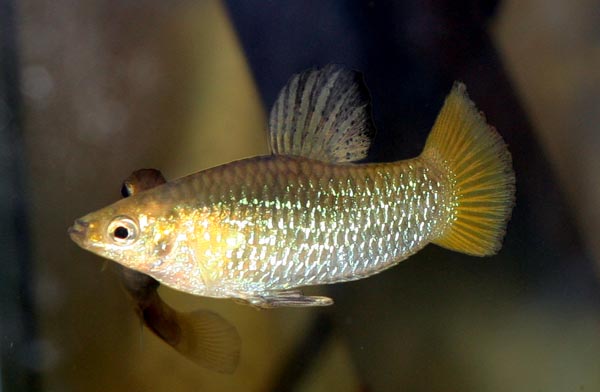
Limia perugiae male doing his dance
—
Step 4. Learn how to use Photoshop – Photoshop is the great equalizer. It allows mediocre photographers like myself to produce very good quality images. A skilled Photoshopper can turn an average-looking fish into a very nice show fish. The controls that I use most frequently are Hue/Saturation, Brightness/Contrast, and Levels.
Use these in combination with the following tools: Select, Feather, Cut and Paste. Learn how to use the controls and tools to repair or replace photo flaws (like glare or focus issues) and imperfections (like torn fins).
Here’s a Photoshopped, finished pic of a sailfin mollie that is ready for print:
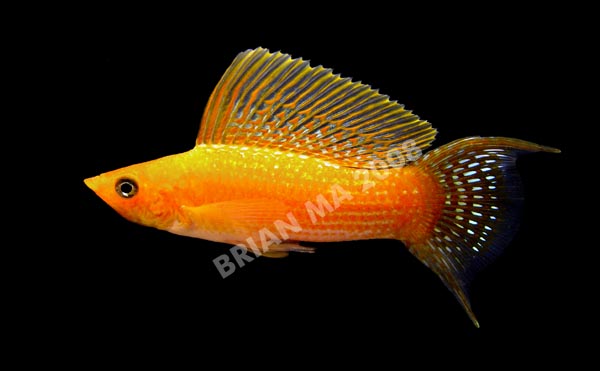
This guy's fins were fixed in Photoshop
—
CAUTION!
Photoshop is really powerful, so be careful not to overdo it. You want the image to be the best representation of the fish if it were in perfect condition and you were a perfect photographer. It’s easy to say, but harder to NOT overdo… which is why my two favourite keys are “ctrl” and “Z“!
Here’s a pic of a male Betta albimarginata, one of my favourite wild-type bettas:
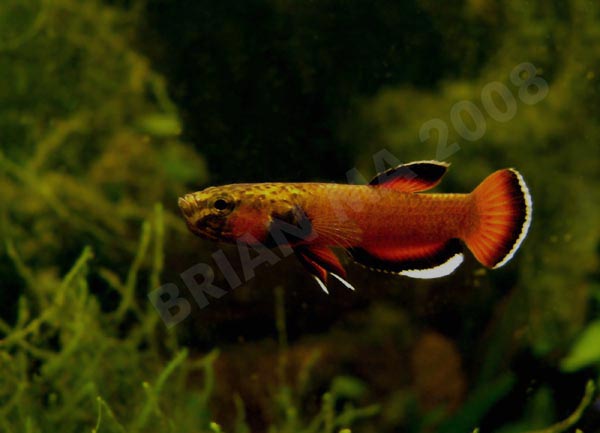
It'd be easy to make this guy a lot more red than he actually is in life -- must... resist... >_<
—
AND FINALLY…
If you’re new to fish photography (or old and just unsatisfied with your pix), these four steps will get you going in the right direction. Now you just have to get out there, take lots of pix and keep experimenting with your technique.
One last pic of a female Super Red Severum. These are very cool fish that are almost certainly a hybridized strain:

Super Red Severum have been coming in from breeders in the Far East
—
Thx for reading…
http://www.youtube.com/user/fishopolis88
